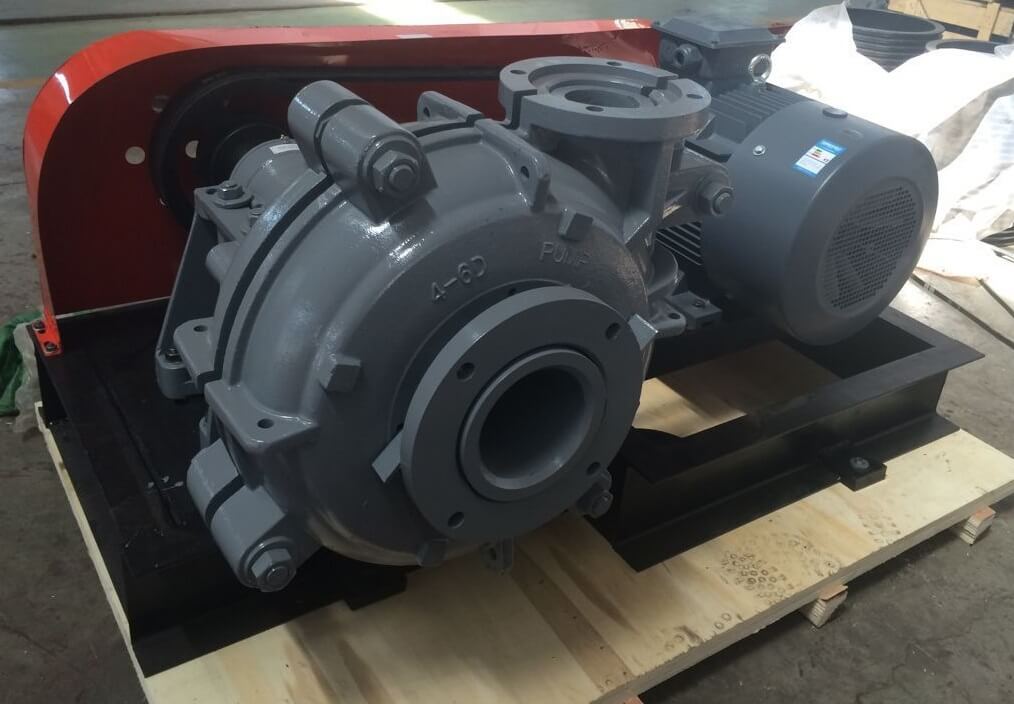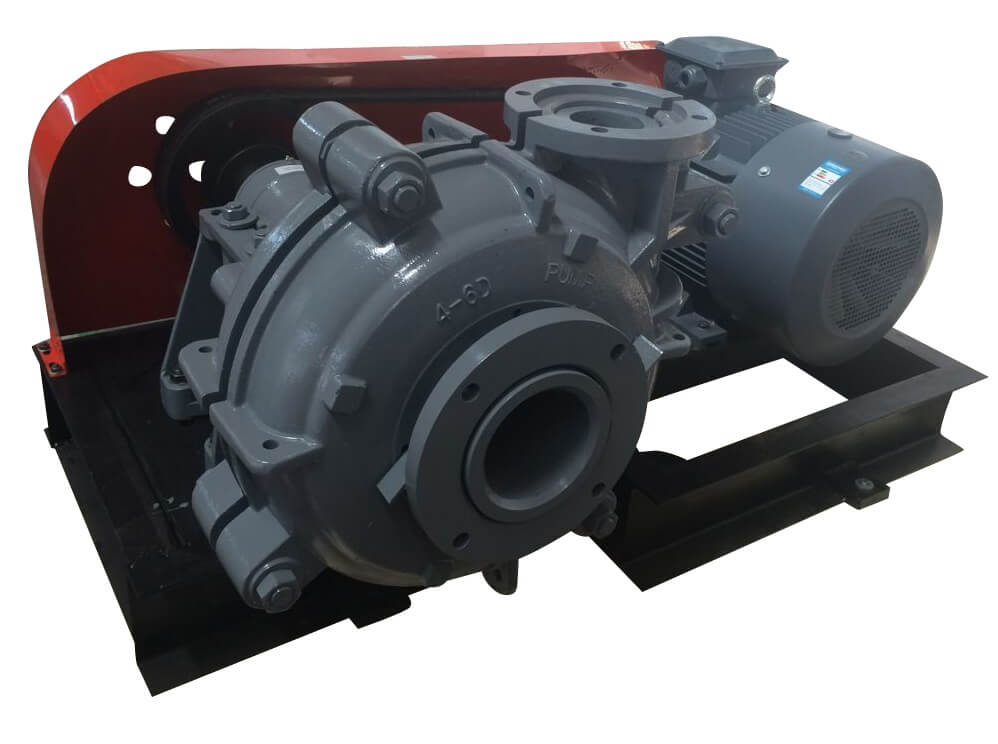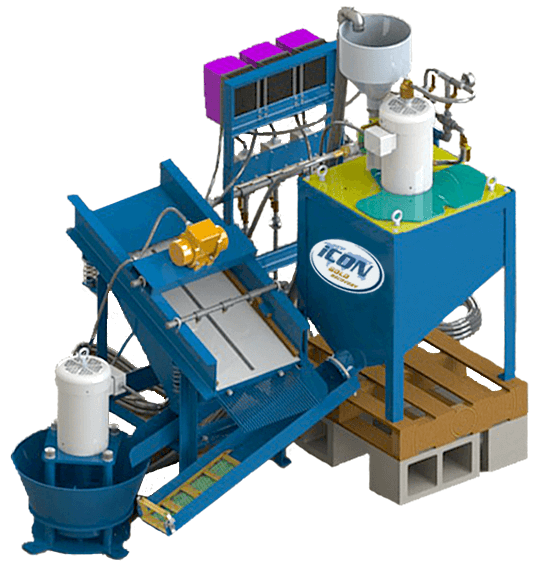The design of a horizontal centrifugal slurry pump is a balance of design considerations to best meet the requirements of a particular slurry duty. These requirements may include one or more of the following:
- The ability to pump high density abrasive slurries with adequate wear life.
- The ability to pass large diameter solids.
- The ability to handle air entrained and/or viscous fluids with reliability and minimal performance corrections.
When compared with clear liquid pumps, the above requirements often result in the slurry pump being larger than its clear liquid counterpart and sacrificing maximum efficiency in exchange for the ability to achieve the above goals.
Within a slurry pump it is expected that the components which come into contact with the abrasive slurry will wear. It will be shown that minimizing wear is done through appropriate pump design, proper material selection and proper pump application.
There are unlined horizontal centrifugal slurry pump and fully lined version of the same pump. The corresponding wear components for each have been appropriately marked. To maximize wear life, thick casting sections are provided on the impeller, the casing of the unlined pump, and the wear liners of the fully lined pump. Often, the unlined casing casting thickness is greater than fully lined version casing liners. This additional thickness requirement is due to a greater need for the unsupported, unlined casing to safely handle the internal pressure of the pump with an adequate factor of safety to account for wear. The lined pump also allows for the use of a wider variety of materials, such as elastomer liners, which often outperform metal in fine particle and corrosive applications. Therefore, while the unlined pump may offer the lower initial capital cost, the lined version allows for a greater number of material choices, which may have longer wear life and lower replacement spares cost. The lined design is also inherently safer from a pressure containment standpoint.
Large clearances are provided within the impeller and casing to allow for the passage of large diameter solids, while also reducing internal velocities and corresponding wear.










